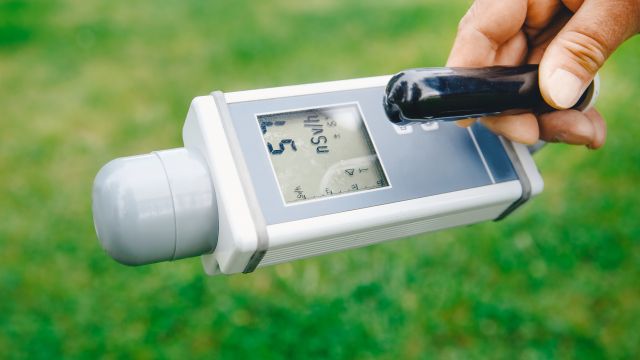
Radiation protection
Ionising radiation can have a harmful effect on the organism. The most important goal of radiation protection is therefore to keep the radiation exposure of the population and workers as low as possible.
Our tasks
In the field of radiation protection, we conduct research and development on a wide range of topics - from the operation and dismantling of nuclear power plants to the use of radioactive substances in medicine and radioecological issues. In addition to research, we prepare safety analyses and expert opinions for federal and Länder authorities. The main topics of our work are:
- applied radiation protection
- occupational radiation protection
- emergency preparedness
- transport of radioactive materials
- radiological consequence analysis
- environmental radioactivity
- application-oriented fundamental research
Project highlights Radiation Protection

The Radiation Protection Act stipulates that the federal government must draw up plans to protect the population in the event of radiological emergencies. While a general, overarching emergency response plan fulfils the fundamental requirements, specific emergency response plans set out provisions for specific areas of life. GRS experts are currently supporting the Federal Environment Ministry in drawing up these specific plans.

In der Abteilung Strahlen- und Umweltschutz befassen sich Kolleginnen und Kollegen in einem Forschungsprojekt mit der Frage, mit welchen Analysemethoden sich am effektivsten radioaktive Verunreinigungen in Radiopharmaka nachweisen lassen.

The use of X-rays in medicine is one of the most frequently used methods of diagnostic imaging. X-rays, however, are also increasingly used for so-called interventional procedures. Treatments such as, for example, the dilation of narrowed blood vessels are performed minimally invasively with the aid of fluoroscopy and image recording, i.e. without open surgery. This still relatively new field of medicine is called “interventional radiology”. In cardiology, the use of these image-guided interventions has more than doubled in the last 20 years, among other things due to the high success rate.